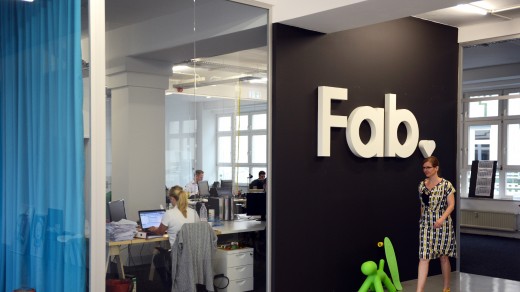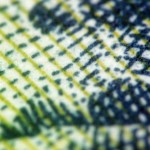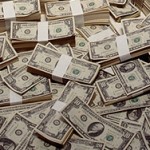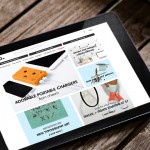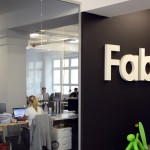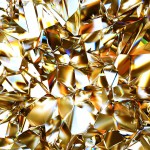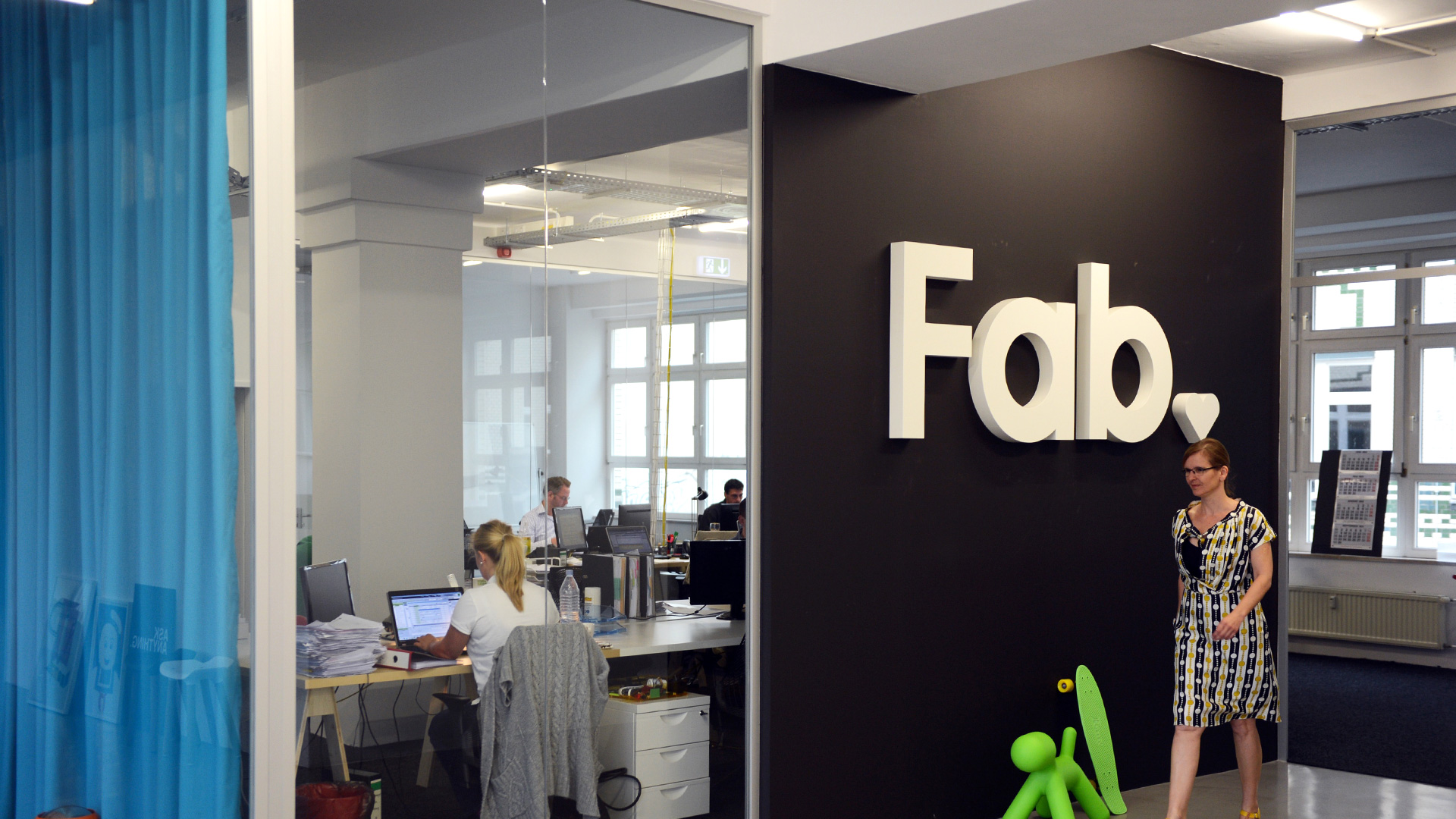project Capital should gas your company, not Your Ego: 6 vital lessons From the autumn Of Fab.com
investors, now and again failure actually way failure.
March three, 2015
If there is one case study in startupland as a way to haunt investors and entrepreneurs for future years, it can be Fab.
The former design flash-sale website online pivoted more times than Madonna reinvented herself—and as of late, the sorry story of Fab came to an anticlimactic resolution. After elevating $325 million from everybody from Andreessen Horowitz to China’s Tencent at a billion greenback valuation, the shell of Fab’s formerly fab self (sorry) has at last offered to PCH for, reportedly, a meager $7 million in cash and $eight million in stock.
How did this as soon as internet darling unravel so spectacularly? For entrepreneurs and investors having a look to steer clear of the identical mistakes as Fab, listed below are six classes to extract from this e-commerce train spoil:
traders, once in a while Failure in reality method Failure
Fab cofounder Jason Goldberg has a track file of running startups into the ground. prior in his career, he based a search engine known as Jobster—and managed to vaporize $48 million in funding earlier than the corporate used to be offered for parts. “I used to be this poster youngster in Seattle of this guy who had burned through VC money, like a pariah,” Goldberg instructed quick firm in 2013. but Silicon Valley buyers, who are inclined to view startup “failure” as a advantage, left out the purple flags—and Goldberg managed to talk traders into throwing a whopping $325 million at Fab.
it can be bad To develop Too fast
In 2013, two years into Fab’s business, Goldberg tried to evolve the corporate from a flash-sale web page to a traditional on-line retailer. however as a substitute of simply mastering the fundamentals of e-commerce—an elusive sufficient train for a founder who never worked in retail—Goldberg additionally decided to pursue numerous different bold tweaks to his business edition, which integrated operating its personal warehouses, manufacturing non-public label products, and buying startups in Europe to increase internationally.
“i’d say that a lot of Fab in the final 18 months has been go, go, go, go, and we’ll figure it out later,” Goldberg told fast company that year. Fab investor Allen Morgan, an adviser with Mayfield Fund, admitted back then: “when you grow this fast, it is very laborious as a result of issues can fall off the table and destroy ahead of you trap them.”
however, Goldberg managed to lift $a hundred and five million to fund all his frenetic growth. after all, best months after opening a five-story workplace in Berlin, they virtually shut it down, shedding nearly all of its European workforce.
watch out The Perpetual Pivot
Fab’s authentic pivot in 2011 from Fabulis, a homosexual social networking website online, to a flash-sale design web site was once a sensible, strategic move. The founders (Goldberg along with very best friend Bradford Shellhammer) recognized an actual gap in the design market.
but after the flash sale web site changed into an e-commerce web page for designers, then morphed into a private label design retailer sourcing from Asia, after which was a personalized furnishings web page, Fab began to seem more like a industry parody than an organization with an actual strategy. (ultimately, Goldberg pivoted his way into some other firm, Hem, a customized furniture spin-off of Fab which he is now running.)
building A Startup Is A Marathon, no longer A dash
As the company’s leader, Goldberg at all times seemed extra stimulated through speedy reaching amorphous milestones than reaching sustainable economics.
At an inner company assembly fast firm attended in 2013, Goldberg regaled his staffers with the various information Fab had broken: “i have done at the least 100 investor pitches within the ultimate three months,” he said. “we will be able to be the 0.33-fastest company in history to be valued at a thousand million dollars. we will be essentially the most closely funded private e-commerce firm previously 10 years.”
Goldberg must have paused to capture his—and the corporate’s—breath. only a few months after he made all those boasts, Goldberg found himself shedding so much of his group of workers—a trend that might proceed until the once seven-hundred-person new york-primarily based company used to be indirectly a shell of its former self.
mission Capital should gas your company, no longer Your Ego
each time Goldberg had a new thought for a way Fab’s industry must shift, he went to his buyers, who willingly fueled Goldberg’s impulsive acts—even after they had been fueled more with the aid of egotistical objectives than practical needs.
In late 2011, he needed to lift Fab’s sales from $20 million a 12 months to more than $100 million, so he raised $40 million to make bigger operations.
by way of 2013, Goldberg had crammed Fab’s coffers with another $one hundred sixty five million at a $1 billion valuation by way of promoting an outlandish dream to China’s Tencent, amongst different buyers, that Fab would develop into the fifth e-commerce company on the earth price more than $10 billion.
“money should be laborious to come by means of,” says Rob Forbes, the founding father of Design within attain and a Fab adviser. “If it [money] comes easy, then it’s important to have actually good folks around you who’re keeping you trustworthy.”
Like Goldberg, most of Fab’s investors weren’t skilled in design retail, so all of Goldberg’s strikes—irrespective of how irrationally aggressive—either regarded logical or have been fueled by using collective, naive fantasy. “non-public label, unique partnerships, licensing from designers—these are issues each retailer tries. It keeps their heads above water, but it doesn’t accelerate the growth of anyone’s trade,” says Sucharita Mulpuru, an analyst with Forrester analysis. “It sounds new to their foolish investors, nevertheless it’s not going to be the sport changer they’re hoping it’s.”
A Founder’s intention should Be to build A industry—not to Cement Their reputation As An Icon
Goldberg fancied himself a thinker entrepreneur, regularly sharing his wisdom on his now-defunct Betashop blog.
He also favored to position himself and his unproven industry acumen in the identical class as tech’s best mavericks. “in case you take a look at companies which have succeeded over the last 20 years—Steve Jobs, Jeff Bezos, bill Gates—they owned it,” said Goldberg, referring to his keep an eye on-freak impulses. “it’s a must to be obsessive about the small print.”
Goldberg’s drive to win (whatever that would possibly imply), his fanaticism about building a tremendous company, and his urge to cement his status in historical past ultimately distracted him from the unsexy important points of in reality building an ideal firm.
“both Fab will probably be price four or five billion dollars in three or four years from now, or Fab will still be price a billion bucks,” Goldberg informed us again in 2013.
but, as we estimated, he ignored one different scenario. The one during which, for the 2nd time in his life, he squanders bales of VC cash—but this time it can be $325 million, not $48 million.
a brief historical past OF Fab.com
December 2011: Andreessen Horowitz leads Fab’s $forty million series B spherical, valuing the company at $200 million.
February 2012: To make bigger internationally, Fab acquires German flash sale website online, Casacanda.
June 2012: To proceed global expansion, Fab acquires 10-week previous U.okay. design web page, Llustre.
July 2012: European VC agency Atomico leads Fab’s $one zero five million sequence C round at a $600 million valuation.
Spring 2013: Fab acquires German personalized furniture company MassivKonzept.
June 2013: Fab raises $150 million collection D for Asia expansion at $1 billion valuation.
July 2013: Fab lays off one hundred folks from Berlin European Headquarters.
November 2013: Fab lays off 50 employees.
November 2013: Fab cofounder and chief design officer Bradford Shellhammer steps down from the company.
may 2014: Fab lays off ninety employees.
June 2014: Fab acquires Finnish brand new furniture company One Nordic.
fast company , read Full Story
(115)

